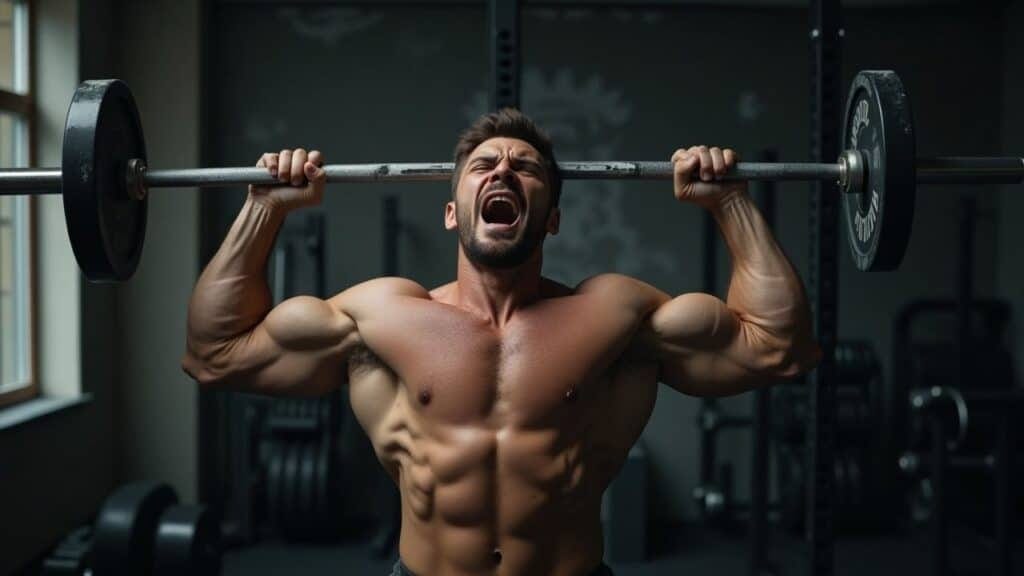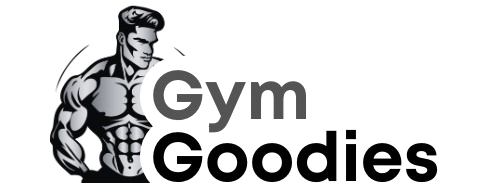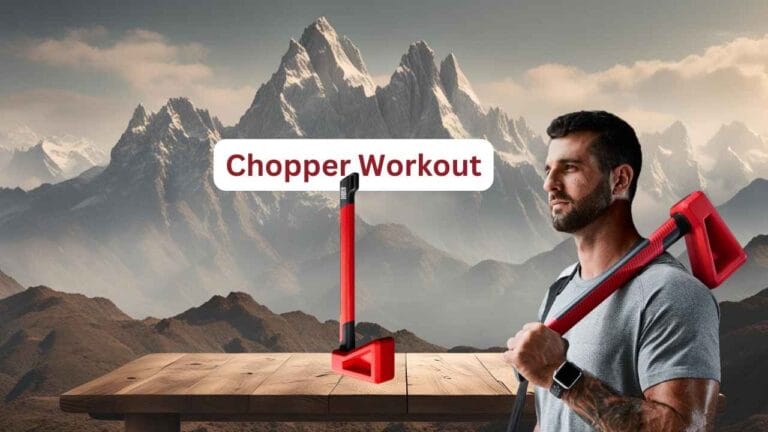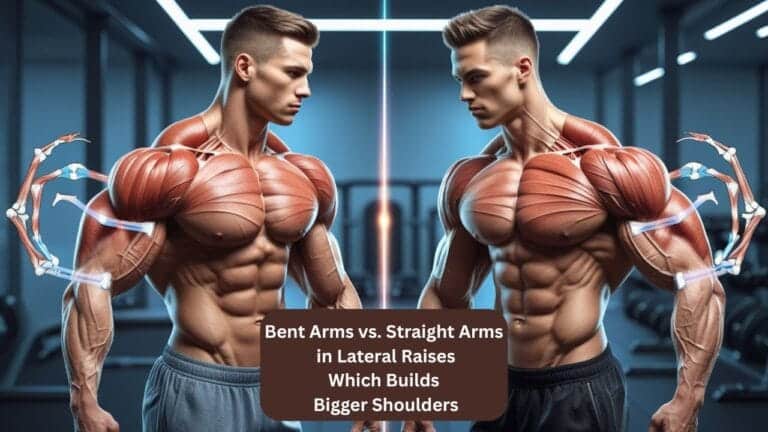Perfecting Your Lateral Raise: Why Arm Angle Could Make or Break Your Gains

Ever feel like your lateral raises just… don’t work? You’re lifting, you’re sweating, but your shoulders aren’t growing the way they should. You might even be wondering, Am I doing this wrong?
Here’s the truth most beginners miss: Your arm angle isn’t just a small detail, it’s the difference between mediocre results and serious shoulder gains. One client, Jessica, thought she’d never build defined delts, until we fixed her form. Two months later? She finally saw the striations she’d been chasing for years.
Let’s break down why this tiny tweak matters so much, and how to master it.
Why Your Lateral Raises Feel Weak: Here’s What’s Really Happening
The fix: Your elbows should lead the movement, not your hands.
Most people lift with their arms too straight, turning the exercise into a wrist-driven motion. That shifts tension away from your delts and onto weaker muscles (like your traps or forearms).
Myth vs. Reality
- Myth: “Lateral raises are easy, just lift your arms to the side!”
- Reality: If your elbows aren’t slightly bent (about 10–15 degrees) and leading the movement, you’re robbing your delts of tension.
Client Case Study: Mark swore his shoulders were genetically weak, until we filmed his form. His arms were locked straight, turning the exercise into a awkward semi-shrug. After adjusting his elbow angle, he finally felt his side delts burn for the first time.
The Hidden Factor Everyone Overlooks: Scapular Control
Counterintuitive insight: Your shoulder blades should stay down, not hike up.
A 2024 study in the Journal of Strength and Conditioning Research found that excessive scapular elevation (shrugging) during lateral raises reduces deltoid activation by up to 27%.
Actionable Tip: The 2-Minute Drill
- Stand tall, shoulders relaxed.
- Lift your arms to 90 degrees while actively pulling your shoulder blades down (think “pockets in your back”).
- Hold for 5 seconds. Repeat 5x before lifting weights.
Pro Tip: Think of your shoulder blades like elevator buttons, keep them on the ground floor, not shooting up to the penthouse.
“Go Light to Isolate Delts” Debunked: Why Too Light Backfires
This advice isn’t wrong, it’s just incomplete.
Yes, heavy lateral raises can turn into a full-body swing. But too light means your stabilizers don’t engage, and your delts never hit true fatigue.
The Sweet Spot
- Beginners: 8–12 reps with a weight that challenges the last 2 reps.
- Advanced: 5–8 reps with a 3-second eccentric (lowering phase).
Visual Cue: Imagine holding a tray of drinks, your elbows should feel like they’re “floating” the tray, not dumping it.
Step-by-Step Fix: Stronger Delts in 4 Weeks
Follow this sequence to maximize growth without shoulder pain.
Phase 1: Prep (Week 1–2)
- Warm-Up: Banded shoulder rotations (2×15) to activate rotator cuffs.
- Movement Drill: Lean slightly forward (10 degrees) to bias side delts.
Phase 2: Modify (Week 3–4)
- If your traps take over: Try the “thumbs-down” grip (internal rotation increases delt activation).
- If your wrists hurt: Use dumbbells with a neutral (hammer) grip.
Phase 3: Progress (Week 4+)
- Add a 2-second pause at the top for time under tension.
- Drop sets: Perform 3 sets, reducing weight by 30% each time.
Final Takeaways
Perfecting your arm angle might be the missing link between “meh” shoulders and capped delts.
Don’t let bad habits or bro-science keep you stuck. A small adjustment can help you feel the burn exactly where you should, improve shoulder health, and accelerate your gains.
By the end of this month, you won’t just be raising your arms, you’ll be sculpting your shoulders with intention.
Elbows lead, hands follow, think “pouring a pitcher” at the top.
Shoulder blades stay grounded, no shrugging!
Weight matters, too heavy = cheating; too light = no growth.
Embed a 60-sec demo video here (showing proper vs. improper form).
By mastering your arm angle, you’re not just doing lateral raises, you’re owning them. And soon, those stubborn delts will have no choice but to grow.
Disclaimer:
It should be remembered that the information available at gymgoodies.net is constantly evolving and is up-to-date and authentic information on fitness, exercises, and health.
I am a veteran bodybuilder, considering I have been active in the industry for quite some time. I ensure that the content shared reflects the lessons I have learned in my years of training and working or all the exposure I have had.
That said, it must be understood that the information available on this portal is obtained through communication channels and is primarily for education and information. Some factors and changes occur, and the issues discussed in this website address such things.
Every piece of advice regarding fitness or health should be taken with caution.
You might need the assistance of fitness professionals, nutritionists, or doctors regarding your workout routine, diet, or fitness activity. Their advice should be personalized PPC, the guide you integrate into your routine, taking into account your specifications and requirements regarding your health and fitness.
This is key, considering our concern is your health and safety. Make sure you only use the data on the site to empower expert advice and nothing more.



